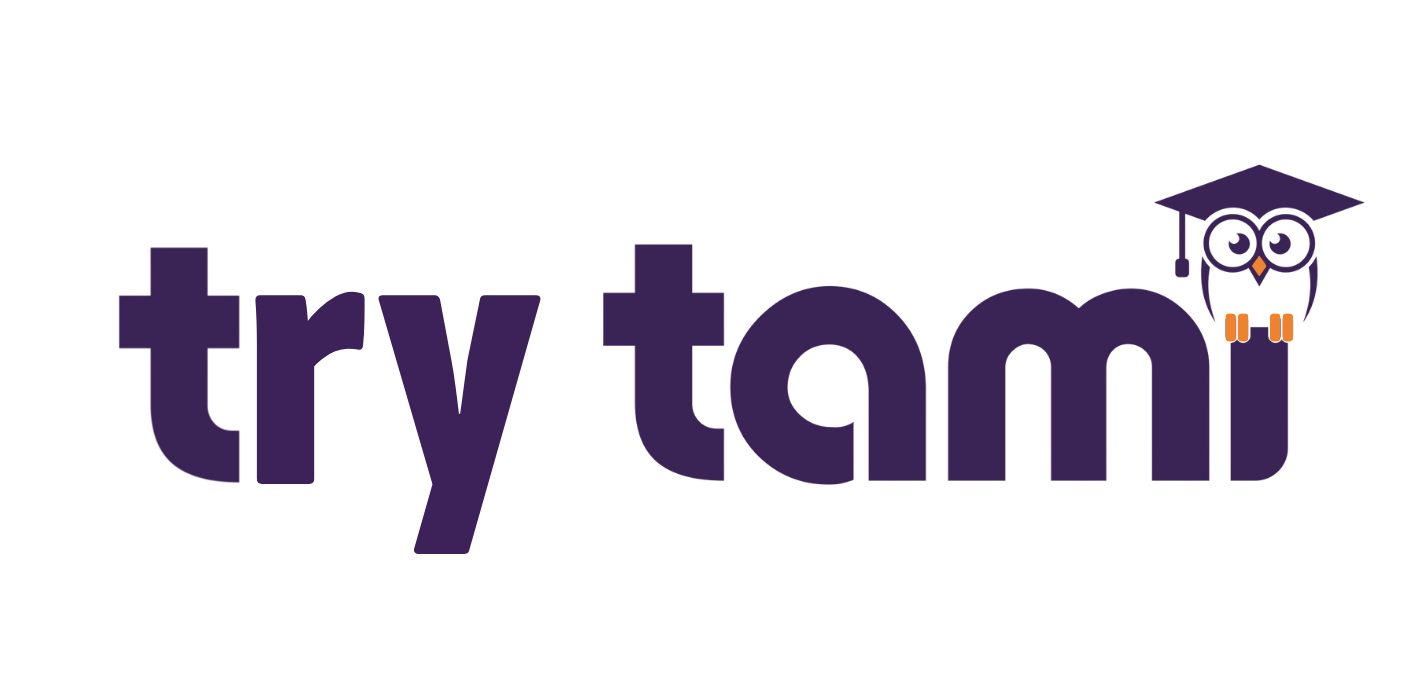👋 Welcome to Tami’s Tech Enablement Playbook: Your weekly guide to scaling software engineering and AI talent.
Introduction
Hi everyone, this report is for technical executives, engineering enablement teams, learning and development leaders, and HR decision-makers involved in workforce transformation and upskilling initiatives related to AI, software engineering, software architecture, and cloud infrastructure.
The 2025 Tech Training Report provides an overview of how Fortune 1000 companies are approaching technical training. We’re covering current training methods, main investment areas, budget management, and how top organizations are adopting modern, innovative approaches to both instructor-led and AI-enhanced learning.
Here are the key highlights:
Budgets are shifting: Flat overall, but increasing spend on external vendors and AI-based solutions.
ILT is evolving: Virtual and blended instructor-led training is gaining traction.
Tech skills lead: Software engineering and AI remain top priorities for upskilling.
L&D no longer acts alone: Engineering leaders now co-own training decisions.
If you’d like to discuss your technical training strategy and explore how Tami can reduce training delays, let’s talk.
Market Overview & Investment Trends
Industry Size & Growth:
In 2024, the U.S. corporate training market was valued at $94 billion. The global corporate training market is projected to reach $805 billion by 2035.
Shift in Training Spend:
External spend increased by 23% to $12.4 billion, indicating a greater reliance on external vendors and platforms. Large enterprises reduced their per-learner spend from $481 to $398, while small and midsize firms held steady at $739–$1,047 per learner.
Modalities: Instructor-Led, E-Learning & Emerging Tech
Instructor-Led Training (ILT): Accounts for about 66% of corporate training; valued for engagement and retention.
Virtual ILT / Blended: Combines synchronous and asynchronous methods; preferred for technical training.
E-Learning: Easily accessible but often underused without reinforcement.
AI-Based Learning: Offers personalized learning paths and adaptive assessments.
VR/AR Training: Tested in healthcare, automotive, and high-risk sectors.
Spotlight: Technical Training (Software & AI)
AI and software engineering skills are becoming the key to corporate growth in 2025.
For instance, Microsoft plans to train over 50,000 employees in AI and data infrastructure, showing their commitment to advancing skills.
Companies like GitLab, OpenAI, and others are encouraging a positive, collaborative coding culture with tools like Copilot and internal GPTs.
Engaging hands-on labs, peer learning, and micro-learning are now more effective and popular than traditional e-learning methods for developer training.
Top Tech Training Spenders (2025)
Below is a list of the estimated top tech training spenders in 2025 (in millions USD):
Amazon – $1,200M
Microsoft – $1,000M
PwC – $300M
Cognizant – $250M
Salesforce – $200M
Accenture – $180M
Walmart – $150M
JP Morgan Chase – $120M
These companies are investing in AI academies, internal developer platforms, and large-scale workforce transformation.
Who Owns the Budget?
Traditional key decision-makers and emerging roles for AI all contribute to shaping tech training strategies:
Chief Learning Officer (CLO): Manages the overall learning strategy across the enterprise
Director of L&D: Oversees programs and vendor relationships
CTO / VP of Engineering: Responsible for enablement of engineering teams
Developer Experience: Focuses on boosting productivity and internal tool training
AI Enablement / Transformation: Guides AI adoption and skill development
HR Business Partners (HRBPs): Influence based on business unit needs
Now, engineering and L&D leaders jointly oversee training initiatives, especially for technical and AI-related skills.
2025–2026 Outlook
Budgets remain flat overall, but spending on external resources and AI-driven solutions is on the rise.
Modality Shift: Virtual instructor-led training (ILT) and blended learning formats will become predominant.
Emerging Tools: Increased adoption of adaptive learning platforms, AI tutors, and internal GPT academies is expected.
Strategic Roles: Growth in roles such as Engineering Enablement, Developer Experience (DevEx), and AI transformation leadership.
Strategic Recommendations
Blend Learning Delivery: Combine virtual instructor-led training, asynchronous content, and labs to enhance engagement and retention.
Engage Engineering Leaders Early: Work with CTOs and DevEx leads at the start of tech upskilling initiatives.
Track ROI with Business Metrics: Evaluate results such as onboarding duration, code development speed, and AI adoption levels.
Reallocate Budget Smartly: Transition from solely internal instruction to flexible, expert-led programs.
Sources & References
Association for Talent Development – 2024 State of the Industry
Training Magazine – 2023 Industry Report
Statista – Global Corporate Training Market Forecast
Business Insider – AI Trailblazers (May 2025)
Business Insider – AI Data Centers & Training (April 2025)
GitLab CEO Interview – Vibe Coding & AI
PwC AI Academy
Microsoft FY24 Reports
Amazon Upskilling 2025
Cognizant Digital Skills Plan
Brandon Hall Group Research
LinkedIn Learning Report 2024
McKinsey – State of AI 2024
MIT Sloan – AI & Workforce Development
World Economic Forum – Future of Jobs 2025
About Tami
Tami is the fastest way to skill up your engineering and technical teams. We streamline instructor-led training by helping you:
1. Find the right course
2. Customize it for your team
3. Match with a qualified instructor
4. Schedule delivery in days, not months
Whether you need AI, software engineering, or cloud training, Tami removes bottlenecks and accelerates workforce transformation.
Request a demo to see how Tami can deliver the high-impact, live learning your engineers need to thrive.
Thank you for reading!


